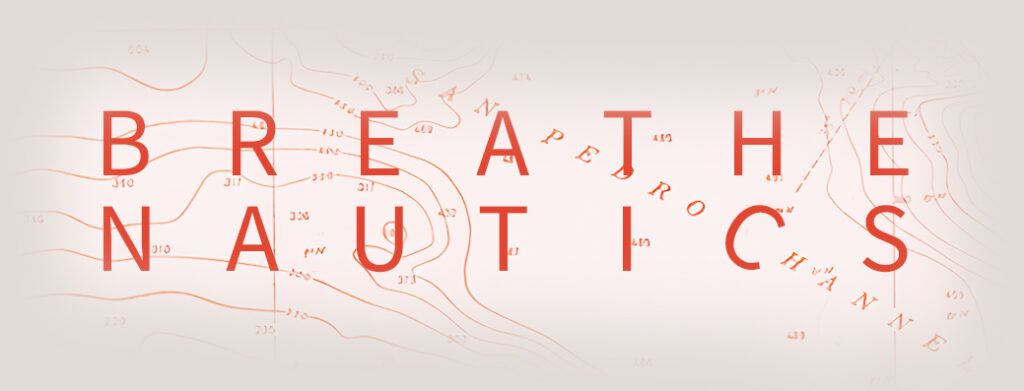My perspective on this read.

Experience and expectations
At least six years ago, I read a Dutch book by Wim Hof and Koen de Jong called “Koud Kunstje”, which can be loosely translated to “A Cool Walk in the Park.” It was a while ago, and it got me into finishing showers with cold water… well, for most seasons except winter. The book was a good read, but I’ve forgotten most of the details, to be honest.
The past years, my focus has mostly been on breathing and the mind: freediving, breathwork, and the people I love. An ice bath in the summer of 2023 and a group winter water dip in November 2023 got me interested in the cold again, but with a lot of hesitation and resistance.
After completing my international breath coach training with Stephen Monné (Adem en Stem) in the conscious connected breathing method in January 2024, do I immediately want to venture into a new method already? I dislike cold water, but of course, I know Wim’s method is about more than just the cold. There is breath and mind as well, and I love those two.
Before reading the book, I had some thoughts and questions. Will cold exposure give me some of that good brown fat, potentially providing an energy boost in freediving when I need it? I love breath-holds, but how does this combine with over-ventilating? How will my vascular system change, and is this a benefit in freediving or in daily life? My ability to deal with discomfort needs improvement. Will cold exposure help?
So, I’ve decided I want to learn more. Doing a course is too soon and maybe a bit much, but this book seems right! Here goes!
The cover and the man
I really like the cover. The man of the method doing what he’s famous for – being the Iceman. In the book, you’ll read about the birth of the Iceman – how he started and why. It’s fascinating to read about his upbringing, introduction to the cold, and his openness about Olaya and his kids.
The method
The Wim Hof Method (WHM) consists of three pillars:
Breath
A few rounds of deep, rhythmic breathing followed by a breath-hold releases tension, increases energy, and improves the immune system.
Cold
Gradual exposure to cold helps the body adapt to stress. Benefits include a better mood, improved vascular system, and stimulation of brown fat – the good fat. The cold also teaches the mind how to deal with discomfort.
Mind
Commitment. The mental aspect of the method emphasizes focus, patience, and dedication. Push your limits and become a better version of yourself.
The science
Well, there is not really a point in giving an opinion on whether his method works or not. The science is out there for the most part, and more research will be done. Also, I believe everybody is different, and you need to consider your personal goals and preferences – this method might not be for everyone.

My perspective
After reading the book, I’m extra motivated to do more cold exposure. Mainly to be more energetic during the day, but I also want to improve my mental toughness! My willpower and discipline can use a boost, in daily life, but especially in freediving.
When exposed to cold, the blood shifts away from the arms and legs to the core (peripheral vasoconstriction). The same happens when doing a breath-hold. Does cold exposure help my diving performance? Regular cold exposure can also improve immunity and give me that layer of brown fat. This can help me stay warm for longer, but might also increase core metabolism – not necessarily a good thing for freedivers. BAT (brown adipose tissue) has many more effects, mostly positive! I can imagine that for static warriors, having this part of the double-edged sword is not worth it. What I have yet to research is how this type of fat releases energy.
The basic breathing exercise Wim is famous for has many benefits. This method has similarities with conscious connected breathing but consists of rounds of about 30 breaths followed by a breath-hold. By dumping CO2 and becoming more alkaline, it changes the body’s biochemistry, suppresses inflammation, regulates mood and emotions, and detoxifies the body. I already use elements of this practice in my coaching. It’s great to read how this method can help fix or reduce “chronic” diseases.
In the chapter “The Power of the Mind,” there is a beautiful mindset exercise: aligning the body with whatever you want it to do. If you feel misalignment between your body and intention, you can resolve it and empower yourself through your breathing.
Performance has its own chapter, and in relation to athletic performance, Wim suggests “power breathing” – an exercise that triggers the release of adrenaline and glucose to enhance bodily performance. This exercise has caught my attention, and I want to do more research. It was my understanding that performing a full lung breath-hold after rapid breathing may not be advisable. Additionally, adding body squeezes might be excessive and potentially too much for the system. I need to read more to understand the inner workings.
As Wim says: We are the new gladiators. We’re operating beyond the known limits of science.
In conclusion
This book got me motivated! I want more cold, more breathing and my body and mind better aligned. I remain with a few questions, but also want to experience myself. How do I change after a while? The summer is here, so not really cold water on the surface in the lakes. That’s okay, then we dive towards the cold!
Overall I recommend this book and if you’ve never tried an icebath: Go for it!
Safety note: Please slowly increase cold exposure and always do your breathing in a safe environment.
